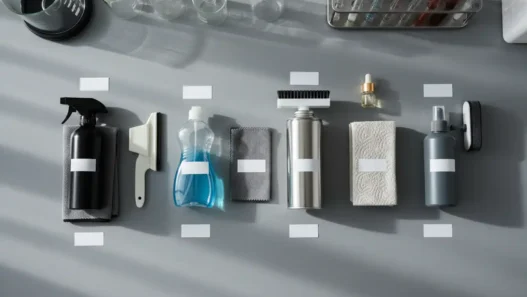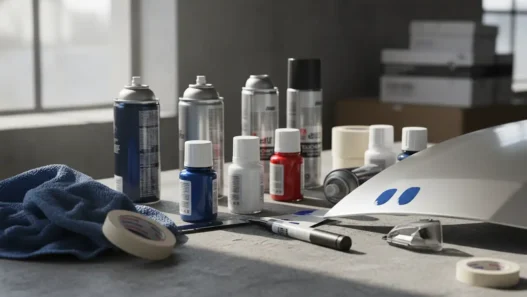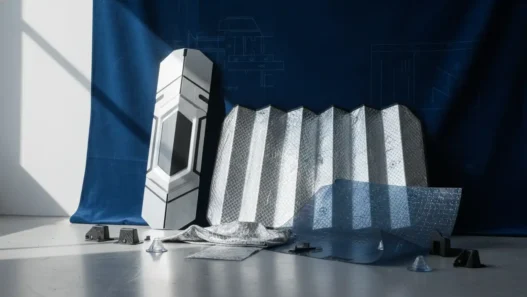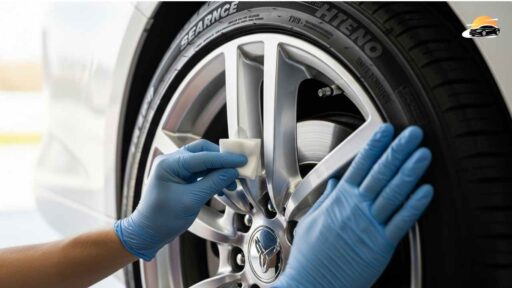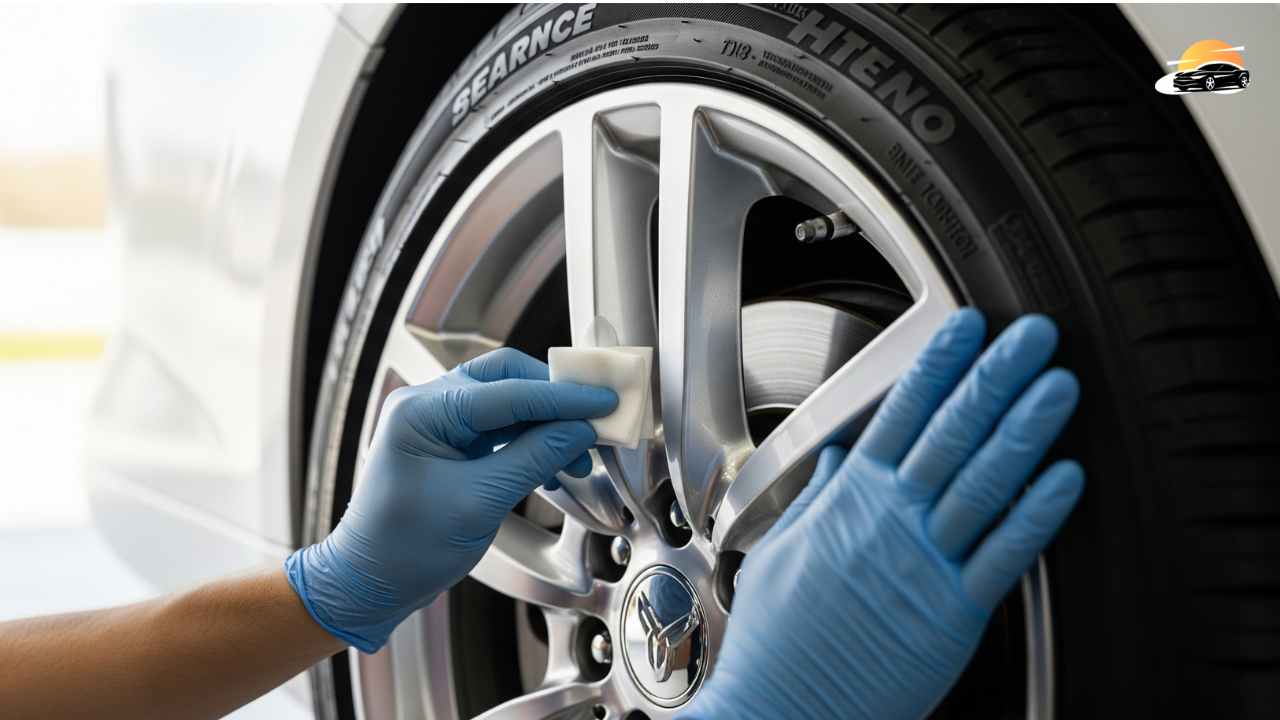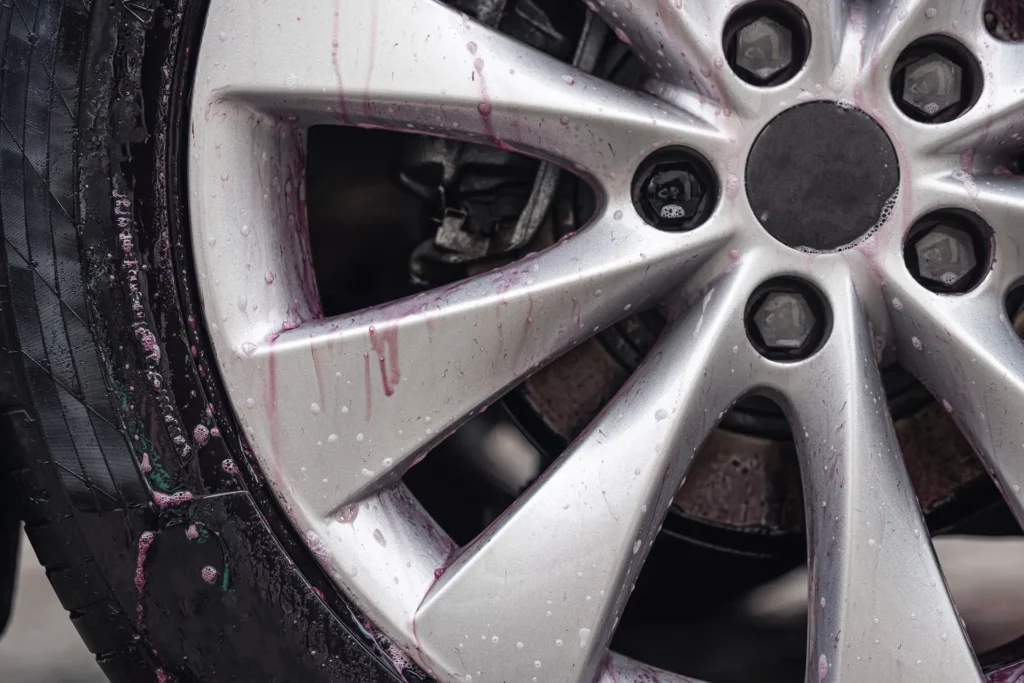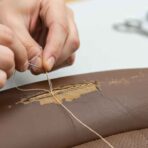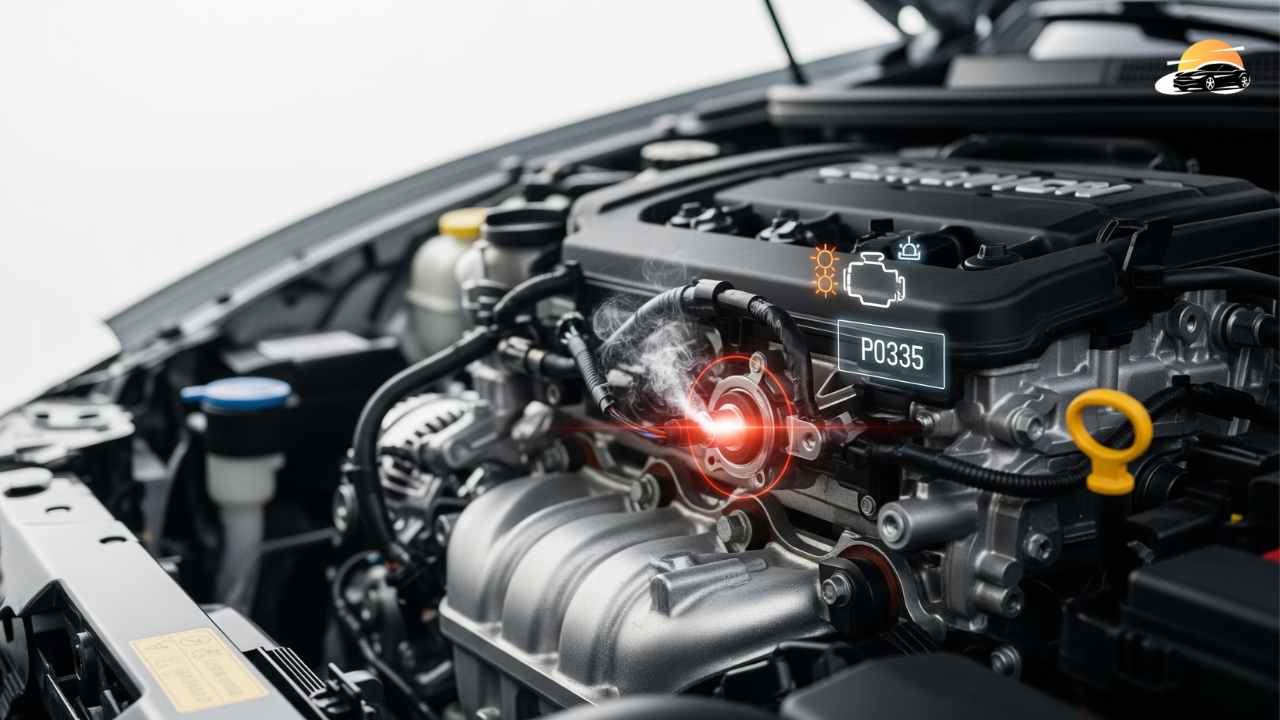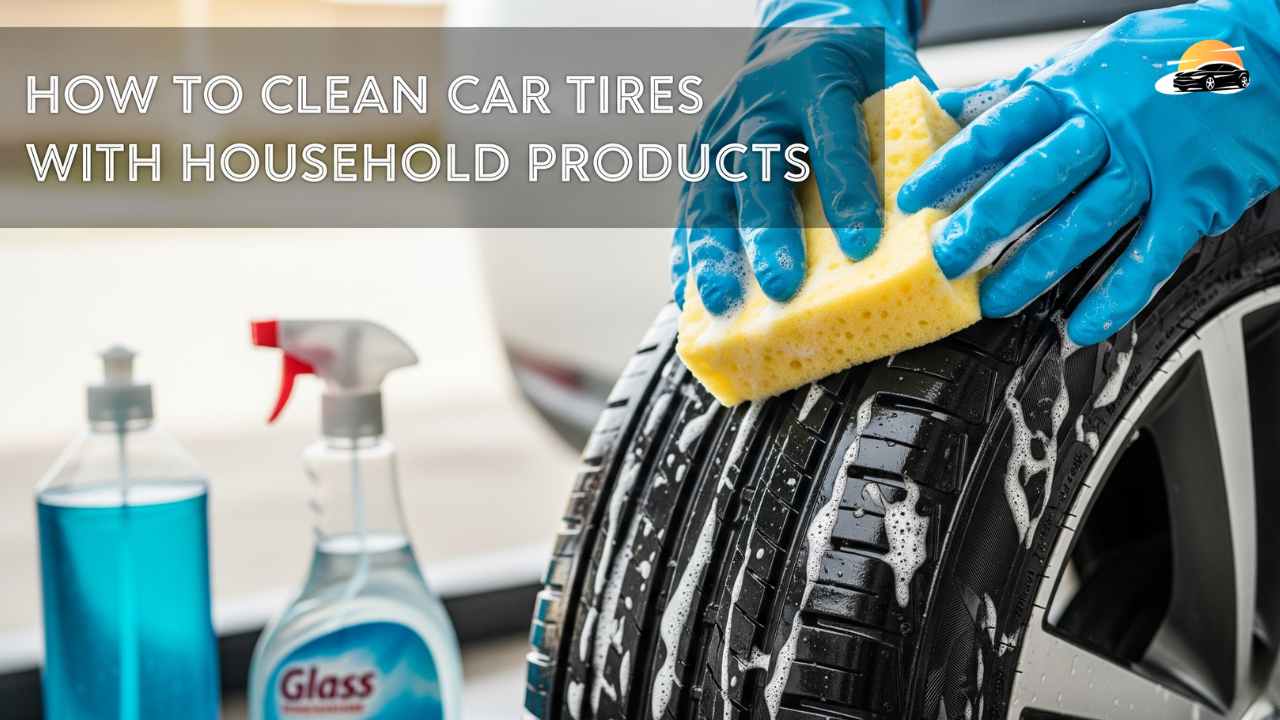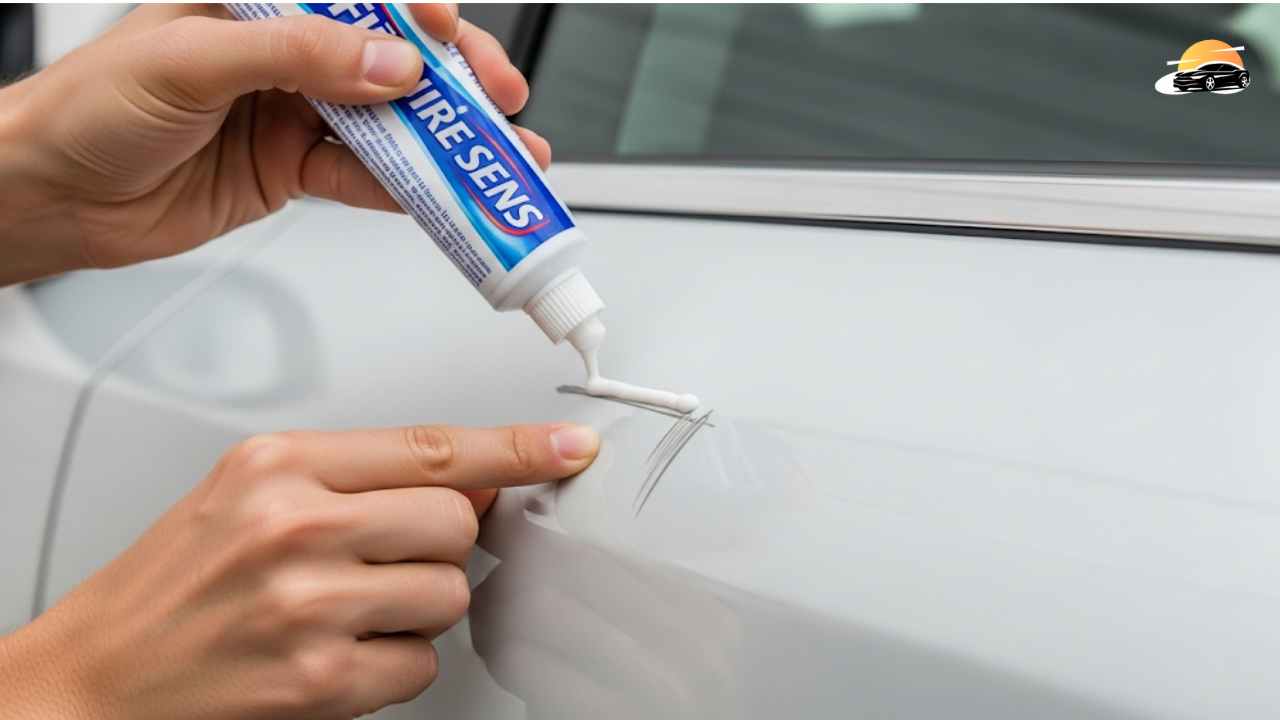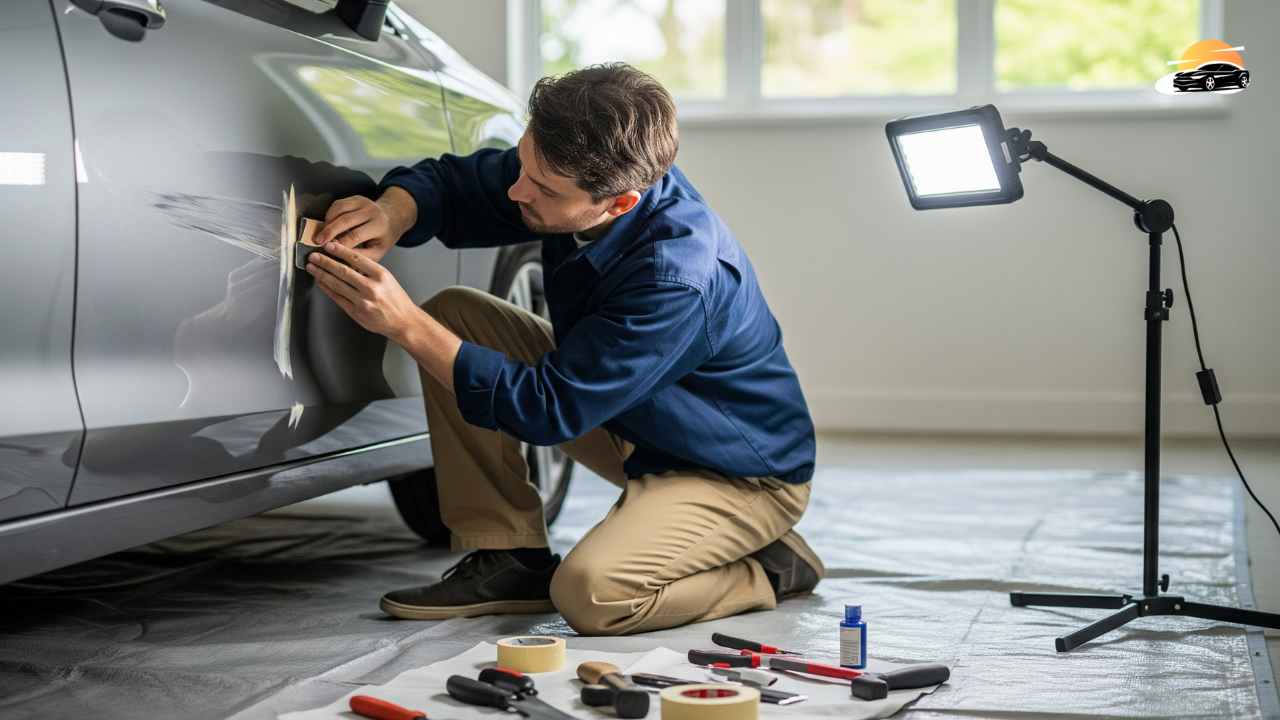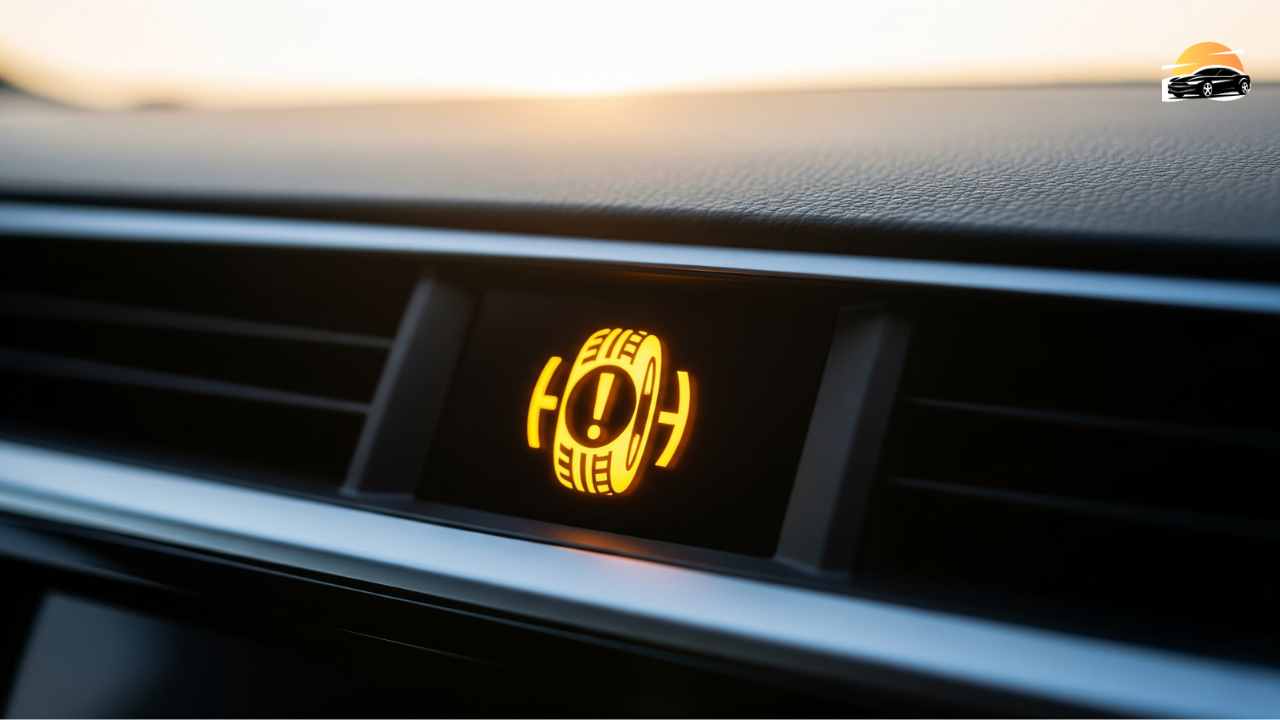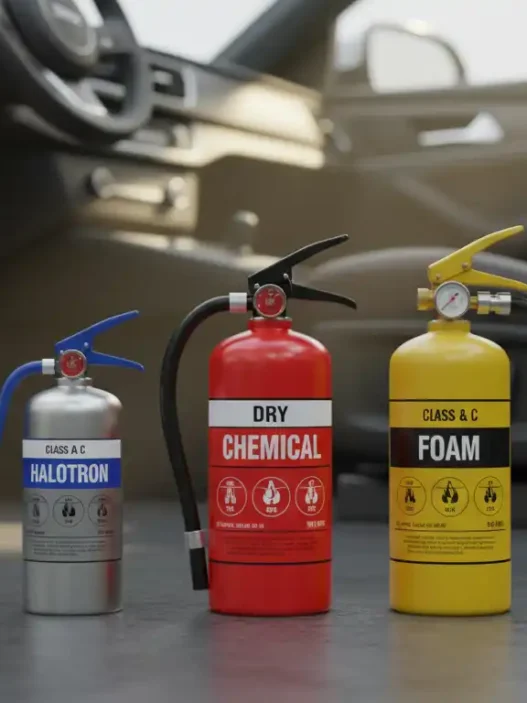There is nothing quite like the look of a fresh set of Aluminum Alloy Wheels to elevate your vehicle’s stance. But here is the cold, hard truth: aluminum is a highly reactive metal. Without a proper shield, those expensive rims can go from a Chrome-like Shine to a dull, pitted mess in just one harsh winter or a few weeks of neglected brake dust.
In my years of detailing high-end vehicles, I’ve seen enthusiasts spend thousands on wheels only to watch the finish degrade because they skipped a $50 protection routine. I vividly remember a client with a set of custom forged wheels that had developed “white worm” corrosion—a nightmare scenario where moisture gets under the clear coat. We spent three days on restoration, a cost that could have been avoided with ten minutes of sealing every few months. This guide isn’t just about vanity; it’s about preserving your investment.
Understanding the Enemy: Why Aluminum Wheels Degrade
Before we can protect them, we have to know what we are fighting. The primary villain in this story is Brake Dust. Every time you hit the brakes, tiny Ferrous Particles (shards of iron) are shaved off your pads and rotors at incredibly high temperatures.
Brake Dust and “Heat Bonding”
These hot iron particles don’t just sit on the surface; they undergo a Heat Cycle that literally melts them into the Porous Surface of the aluminum or its clear coat. Once they are embedded, they begin to oxidize, creating that rough-to-the-touch texture and eventually lead to permanent Pitting.
Chemical Etching and the Winter Threat
Many people try to solve this with “Touchless” car washes, but the aggressive, non-pH-Neutral Cleaner chemicals used in those bays can actually cause Clear Coat Failure over time. Add Road Salt (Magnesium Chloride) into the mix during winter, and you have a recipe for Pitting Corrosion. This salt triggers a chemical reaction that eats through the finish, creating those unsightly white spider-web lines known as “white worm.”
Phase 1: Deep Chemical Decontamination (The Foundation)
You cannot protect a dirty surface. If you put a sealant over embedded iron, you are just locking the rot in.
Start with a high-quality Iron Decontaminant. These sprays react with the iron on a molecular level—often turning purple as they work—to dissolve Industrial Fallout and Rail Dust without the need for Abrasive Scrubbing. While the chemicals work, use a De-greaser to clean the Barrel of the Wheel (the inner part), where the heaviest grime accumulates.
For agitation, skip the stiff nylon brushes. I always recommend a Boar’s Hair Brush. The natural bristles are soft enough for delicate finishes but stiff enough to reach into Lug Nut Recesses and break up stubborn soot. Finish with a High-Pressure Rinse to clear away all chemical residue.
Phase 2: Restoring the Surface (Before You Seal)
Before applying your Hydrophobic Barrier, you must identify your finish. Are your wheels Powder Coating, painted and clear-coated, or Polished Aluminum (bare metal)?
If you have bare polished rims that have lost their Mirror Finish, you’ll need a round of Buffing with a fine metal polish to remove surface Oxidation. Once the shine is back, the most critical step is the IPA Wipe-Down. Using Isopropyl Alcohol (IPA) on a Microfiber Wash Mitt or towel removes any leftover polishing oils. This creates a “chemically naked” surface, which is essential for the protection layer to bond properly.
Phase 3: The Three Levels of Protection
There are three main ways to shield your wheels, depending on your budget and how much time you want to spend in the driveway.
Level 1: Wheel Wax: These are high-temperature carnauba blends specifically formulated for wheels. They offer a deep Mirror Finish but usually only last 4–6 weeks. Great for show cars, but high maintenance for daily drivers.
Level 2: Synthetic Sealants: A Wheel Sealant is a polymer-based solution that is easier to apply and offers 3–5 months of durability. It significantly reduces Surface Tension, making it much harder for dirt to stick.
Level 3: Ceramic Coating: This is the professional choice. A Ceramic Coating creates a permanent or semi-permanent 9H silica shield. It provides the ultimate Oxidation Barrier and makes cleaning as simple as a quick rinse.
Mechanical and Hidden Damage: Beyond the Surface
Protection isn’t just about chemicals; it’s about physical safety too. Kerb Rash is the leading cause of wheel “death.” Rim Protectors like Alloy Gaters or Self-Adhesive Rim Shields provide a sacrificial plastic barrier between your alloy and the curb.
We also have to worry about Galvanic Corrosion. This occurs when two different metals—like a steel valve stem and an aluminum wheel—touch. This Bimetallic Reaction can cause the valve to seize or the wheel to pit at the contact point. Using Zinc-plated Fasteners or a tiny dab of anti-seize (carefully applied) can help, but regular cleaning of these “hidden” spots is your best defense.
Pro Maintenance Routine: Keep Them Shining Year-Round
To keep that Chrome-like Shine, adopt the “Two-Bucket” method. Never use the same water for your wheels that you use for your paint; the Brake Dust you pull off the wheels is abrasive and will swirl your paint.
After washing, use compressed air to blow water out of the lug nut holes to prevent Hard Water Spots and potential rust on the studs. My conclusion on this routine aligns with the 2024 State of the Industry Report by International Detailing Association (IDA), which emphasizes that mechanical drying and chemical decontamination are the two most overlooked steps in wheel longevity.
Frequently Asked Questions
Can I use WD-40 to protect my aluminum wheels? It acts as a temporary Oxidation Barrier, but it’s an oil-based dust magnet. It will actually attract more grime over time. Stick to a dedicated Wheel Wax.
How often should I wax my wheels? For daily drivers, every two months is the sweet spot. If you live in a “salt state,” Winterizing Wheels with a heavy sealant in November is a must.
Does ceramic coating prevent curb rash? No. Ceramic is for chemical protection and scratch resistance; it will not stop a concrete curb from gouging your metal.
Final Verdict: The Best Defense is a Proactive Offense
Protecting your aluminum wheels is a classic case of an ounce of prevention being worth a pound of cure. A disciplined routine of decontamination and sealing won’t just keep your car looking like it belongs on a showroom floor—it will prevent the structural degradation that leads to expensive refinishing.
Would you like me to create a customized “Winter Protection” checklist for your specific wheel type to ensure you stay ahead of road salt damage?


